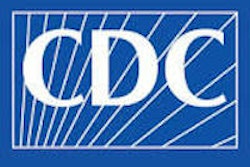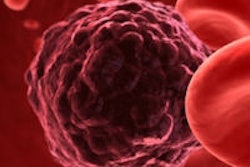Overall cancer death rates in the U.S. are continuing a slow decline that began in the early 1990s, according to an annual report of cancer incidence and death rate statistics, published this week. The reduction in annual deaths from cancer is applicable to men, women, and children of all major racial and ethnic groups.
From 2000 through 2009, cancer death rates decreased by 1.8% per year among men, 1.4% among women, and 1.8% among children from infancy to age 14, according to the "Annual Report to the Nation on the Status of Cancer," published online January 7 in the Journal of the National Cancer Institute.
The report is the result of an annual collaboration between the American Cancer Society (ACS), the U.S. Centers for Disease Control and Prevention (CDC), the National Cancer Institute (NCI), and the North American Association of Central Cancer Registries (NAACCR).
Within the studied time frame, death rates among men decreased for 10 of the 17 most common cancers. In addition to lung, prostate, and colon and rectal cancer, these included leukemia, non-Hodgkin lymphoma, kidney, stomach, myeloma, oral cavity and pharynx, and larynx cancers. For women, the death rate decreased in 15 of the 18 most common cancers. In addition to breast, lung, and colon and rectal cancer, these included ovarian, leukemia, non-Hodgkin lymphoma, brain and other nervous system, myeloma, kidney, stomach, cervical, bladder, esophagus, oral cavity and pharynx, and gallbladder cancers.
The team led by Ahmedin Jemal, PhD, of the ACS surveillance research program, also evaluated the burden and trends of human papillomavirus (HPV)-associated cancers, highlighting the important role of vaccination in preventing both cervical and noncervical HPV-associated cancers. They recommended additional prevention efforts for HPV-associated cancers, including efforts to increase vaccination coverage.



















